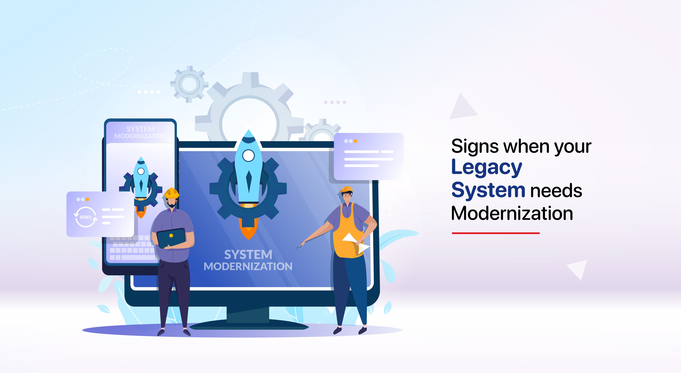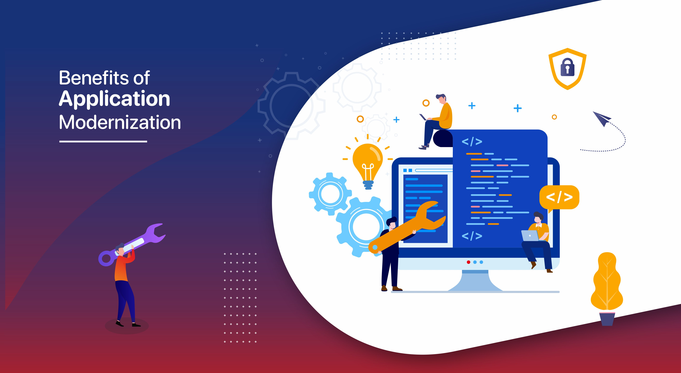Migrating & Modernizing Your ASP.NET Web Forms Application to .NET Core


Replatform your web forms application and improve performance.
Numerous business applications have been developed using .NET, specifically the popular ASP.NET Web Forms project type, which facilitated the migration of legacy Windows Forms applications to the web around two decades ago, opening up global markets for businesses.
However, .NET Core, the latest and thrilling version of .NET, marks the future of the framework. With its launch, Microsoft confirmed that ASP.NET Web Forms will not be migrated to .NET Core.
While your ASP.NET Web Forms applications will continue to operate with adequate support, similar to Classic ASP applications, they may gradually become more fragile and obsolete over time.
Why migrate to .NET Core?
Despite Microsoft's assurances of continued support for ASP.NET Web Forms applications, there are compelling reasons to consider transitioning to the latest .NET project.
- Your project can leverage the numerous performance improvements in .NET Core that are not available in other frameworks.
- ASP.NET Web Forms applications have a higher potential for security threats and vulnerabilities, including those affecting internal applications.
- .NET Core delivers superior overall application stability compared to other frameworks.
Due to the limited availability of ASP.NET Web Forms experts, software modifications can be costly and risky, leading to the introduction of new bugs that can be difficult to identify and resolve.
Check below options if you are still running webforms or classic ASP
- Modernize ASP.NET Web Forms application: The development team can gradually transition from ASP.NET Web Forms to a more current technology such as MVC or .NET Core by implementing continuous and iterative modernization.
- Rewrite the application maintaining web forms version: To ensure that the organization's business-critical functions are not disrupted, the development team faces a significant challenge when it comes to ASP.NET applications. They must rewrite the application while simultaneously ensuring that the existing ASP.NET Web Forms version remains operational. Developing a new version alongside the old one is a costly endeavor.
- Rebuild ASP.NET application entirely by utilizing MVC or Blazor: For decade old applications there is a significant backlog of new feature requests and UI development to be done, the prospect of rewriting the entire application becomes not just time-consuming, but entirely unfeasible.
Modernization steps for ASP.NET Web Forms application:
Step 1:
After consulting with the client, we select the front-end (UI) framework for the application modules, considering the specific characteristics of the application and the desired business outcomes. We take care to thoroughly evaluate the advantages and disadvantages of each framework before making a decision.
Step 2:
We examine the potential for refactoring, cleaning up the code, and implementing contemporary development methodologies, including test automation, continuous integration, and delivery, among others.
Step 3:
We evaluate both its architecture and the current state of its components. We determine which areas require our immediate focus, such as functionality that needs to be rewritten, migrated to the cloud, or replaced. These priorities are based on the application's specific needs and goals.
Step 4:
We evaluate the business layer and explore opportunities for enhancing its design, with a particular focus on decoupling monolithic applications and transitioning them to microservices. We consider various options for improving the business layer and selecting the most suitable ones based on the specific requirements and goals of the application.
The entire approach depends upon the complexity of the business application and for a more industry specific modernization approach please give a shout out to our LensHub team and we shall evaluate your application and share detailed reports and modernization approach recommendations.
Tag:Legacy- Modernization